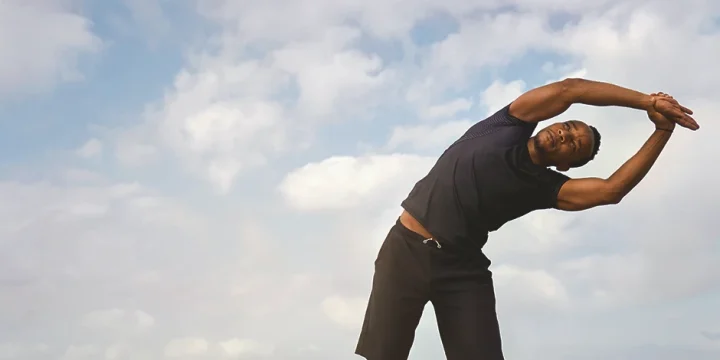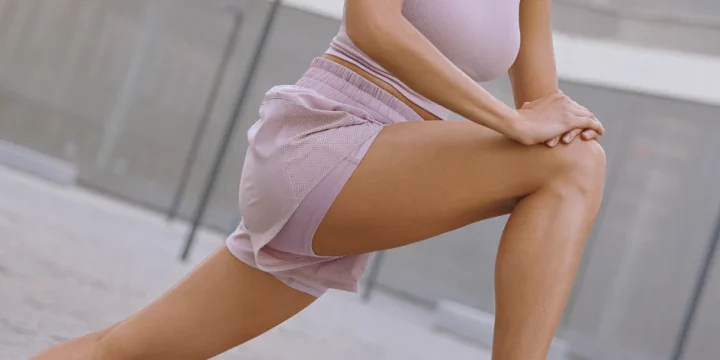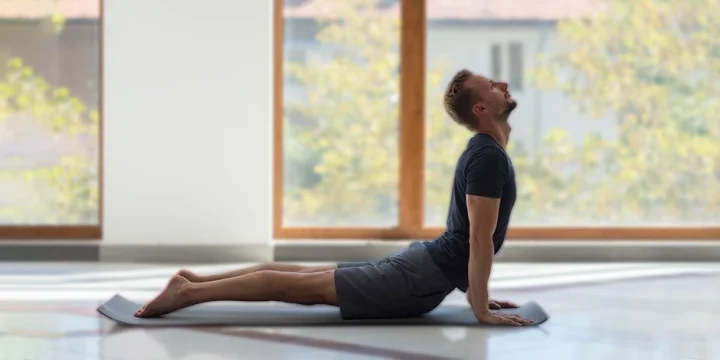The thoracic spine is one part of the upper back that a lot of athletes can often get some stiffness and pain. It’s also a part of the body that is critical for a lot of functional movement.
And that means you need to stretch it properly on a regular basis in order to improve your flexibility in many types of upper body exercises.
My physical therapist and I developed a list of stretches to maintain spinal health and expedite muscle recovery post-training.
Quick Summary
- Thoracic spine stretches, such as the child’s pose, cat-cow pose, spine twist, and foam roller stretch, are essential for relieving upper back pain and improving flexibility in upper body exercises.
- These stretches target the area from the cervical spine to the upper part of the lumbar spine, aiding in posture improvement and increasing the range of motion for various upper body workouts.
- Regular thoracic spine stretching, as recommended by physical therapists, is essential for maintaining spinal health and expediting muscle recovery post-training.
- In my experience, incorporating these stretches into your cooldown routine can effectively alleviate tightness and prevent back pain, enhancing overall back health and posture.
How Do You Loosen Your Thoracic Spine?
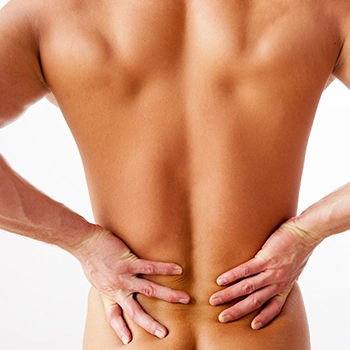
Targeted stretching movements focusing on the upper back, from the cervical to the lumbar spine, loosen the thoracic spine, as explained by this article published by the Cleveland Clinic [1].
For chronic pain potentially due to nerve or disk damage, seek physical therapy before attempting stretches that might exacerbate the issue.
Thoracic spine stretches, performed consistently, particularly post upper body workouts or prolonged sitting, significantly enhance spinal health. These stretches improve spinal flexibility and rotation, aiding in posture correction and effective post-workout recovery.
“The thoracic spine is capable of multiple movements in several planes. It can flex and round forward, extend, rotate, and laterally flex (side bend).”
- Lauren Jarmusz, PT, DPT
Best Thoracic Spine Mobility Stretches

Not all stretches have to involve thoracic rotation.
For a sore mid-back, start with simpler stretches to gently loosen the muscles.
1. Child’s Pose
This is the easiest one to do, but it can relieve a lot of tension. Here’s what to do:
- Get in the starting position on all fours with your knees below your hips and hands below your shoulders.
- Now lower your buttocks down onto your ankles while keeping the hands where they are.
- Your rib cage should now rest on your thighs, and you should feel a stretch in the back.
- To intensify the stretch for lateral flexion, move your right arm further to the right and place the left arm on top of it.
- Keep your rib cage on the thighs and try to reach further with the top arm.
- Repeat the same on the other side.
2. Cat Cow Pose
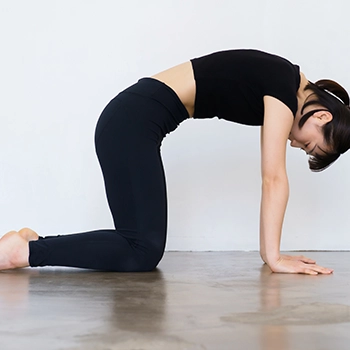
This is another easy one you can do just after the child’s pose.
Here’s how it goes:
- Start on all fours like above and keep your spine in a neutral position.
- Now raise your head and look up at the ceiling while arching your back and pushing your shoulder blades together.
- Hold it for 10 seconds, and then slowly lower your head all the way down while raising your back as far as possible.
- Hold this for 10 seconds and repeat a few times.
3. Spine Twist
Doing a lying spine twist is another great way to improve thoracic mobility gently with these simple steps:
- Lay down on your back with your knees bent and feet flat on the floor.
- Stretch your arms out to each side and then slowly turn your pelvis so that both knees go down to one side.
- Hold the stretch and feel how it impacts your spinal erectors down the center of your back as well.
- Slowly bring your knees back up and do the same movement to the other side.
4. Foam Roller Stretch
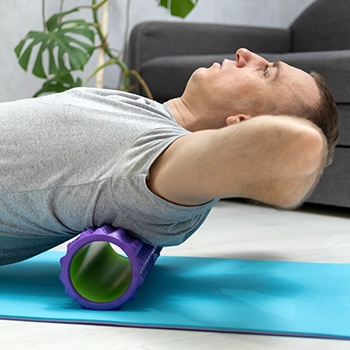
Combining foam rolling with a stretch is another great option.
Here’s what to do for a thoracic extension:
- Sit on a yoga mat in an upright posture with a foam roller on the floor behind you.
- Slowly lower your body down so that the roller is shoulder blade height.
- Allow your head to tilt back lower than the foam roller and feel the pressure and stretch in your back.
When Should You Do These Spine Stretches?
You should ideally do the thoracic spine stretches after a tougher back and shoulder workout.
You can also do them after spending a day at work sitting at a desk to release some tension.
It will ultimately help to improve your spinal rotation and flexibility and should also help with your post-workout recovery process.From my experience as a fitness trainer, incorporating these stretches has consistently shown improvements in my clients' spinal health and post-workout recovery.
Related Articles:
FAQs
What Are The Symptoms Of Thoracic Spine Issues?
Persistent muscle aches and pain, as well as stiffness in the middle portion of the back, are symptoms of thoracic spine issues. In most cases, you’ll be able to solve that through static stretching.
What Causes A Tight Thoracic Spine?
Bad posture and heavy lifting can cause a tight thoracic spine [2]. If you spend a lot of time sitting down, then these muscles can become weak and tense and, in extreme cases, will require some physical therapy.
About The Author
You May Also Like
